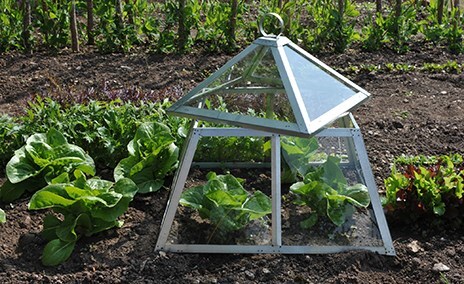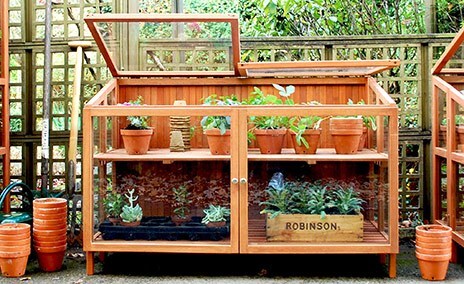Wrapping up for winter
Plants vary in their ability to survive the winter unscathed. In my garden, I have many borderline-hardy plants that I know will require protection from penetrating frosts and cold winds. Others can cope with the cold, but are prone to rotting if the soil remains wet for long periods. Even hardy plants can struggle to survive a cold snap if they have only recently been planted. Plants in containers are, perhaps, the most vulnerable of all, since both their top-growth and root zone can freeze solid during prolonged sub-zero temperatures, and the pot may be damaged, too. Fortunately, there are a number of steps you can take to help your plants survive the winter…which ones you choose, should depend on the plants you are trying to protect.
Protecting your plants
Plants in containers are particularly susceptible to severe winter weather and need special treatment. Since the whole rootball can freeze solid during prolonged cold spells, even reliably hardy plants can be at risk. The good thing about containers is that you can move them to safety. Tender plants can be taken into a frost-free greenhouse or conservatory, and borderline-hardy plants to a sheltered spot - well-protected from northerly gales and the worst of the winter excesses. It is often overlooked that many plants die from winter wet rather than from winter cold. Plants, such as alpines, that prefer a well-drained soil and many grey-leaved perennials are particularly susceptible to rotting if they remain wet in winter. The simplest solution, here, is to cover them with open-ended cloches to keep the worst of the rain off, yet allowing plenty of air to circulate. For plants in prominent positions, consider buying a decorative, Victorian-style cloche - a 'bell jar' - so that it enhances the border rather than being a winter-long eyesore.





